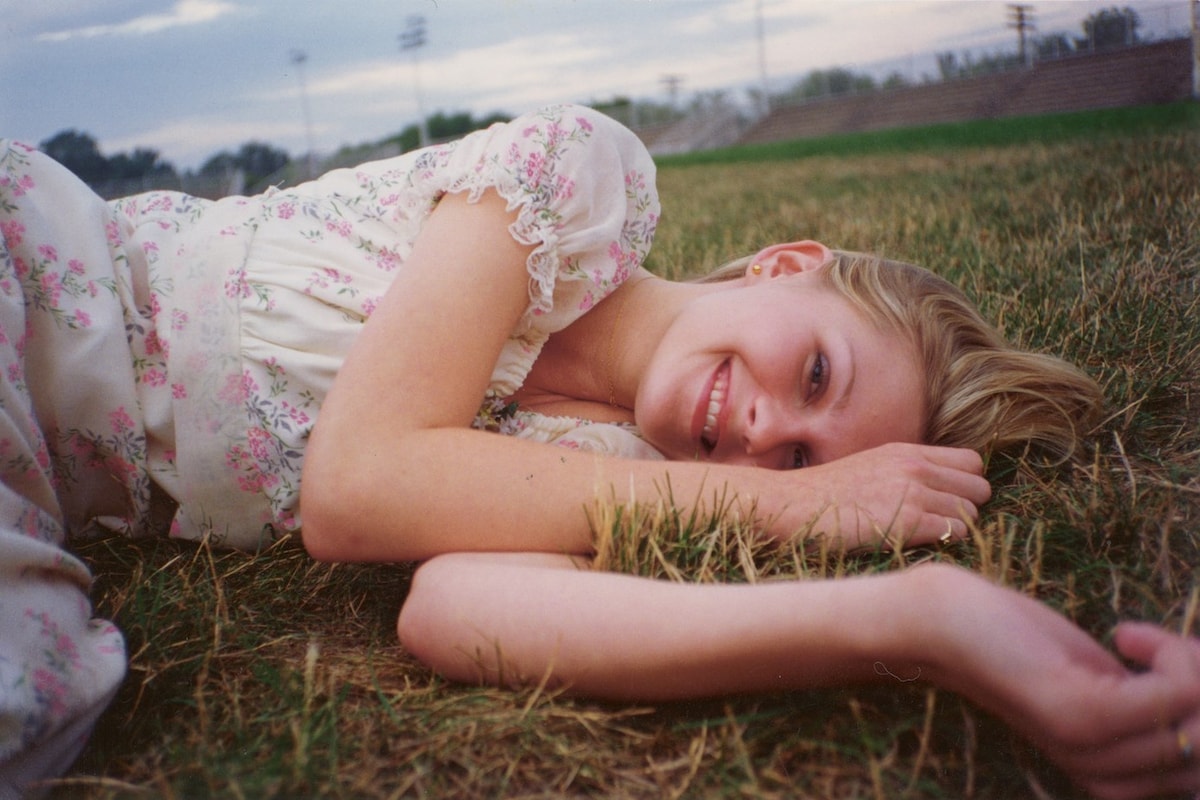
"Beyond the surface deluge of trend aesthetics - cottagecore, fairy core, ballet core - the serious recognition of girlhood is surprisingly recent. Until the early 20th century, children were dressed alike; only in the 1950s did the 'teenager' emerge as a distinct category, largely manufactured by clothing companies who spotted its commercial potential. Before then, adolescents slipped awkwardly between large children's clothes or small adult garments, and the expectations that came with them."
"But girlhood is far more than a marketable niche: MoMu Antwerp's latest exhibition Girls: Boredom, Rebellion and Being In-Between reclaims the word from nullifying cliché, framing adolescence not just as a catalogue of struggles, but as a crucible of strength, self-invention and agency. Through her sensitive vision, curator Elisa de Wyngaert expands adolescence beyond a mere threshold into a terrain of becoming."
Children's clothing remained undifferentiated until the early 20th century, and the distinct category of 'teenager' emerged in the 1950s as a commercially constructed identity. Adolescence is presented as a stage of self-invention, strength, and agency rather than only struggle. Bedrooms function as intimate landscapes of expression, depression, comfort, and constraint, illustrated by recreations like the Lisbon sisters' dresses from The Virgin Suicides and designers' imagined spaces. Works such as Louise Bourgeois's embroidered apron convey adolescent shame and expectation. Archetypal garments—tutus, uniforms, white socks, Mary Janes—are reworked to question obedience and propose more inclusive identities.
Read at AnOther
Unable to calculate read time
Collection
[
|
...
]